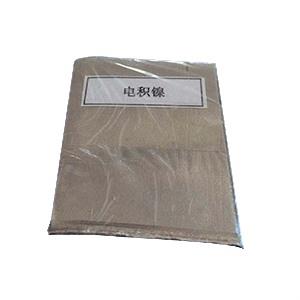How to tell the nickel composition in stainless steel plate?
1. Through the evaluation of metal material equipment.
2. Use stainless steel plate to detect liquid medicine, do experiments with potion and stainless steel plate to see chemical changes, reflect different tones, and can clearly identify the type of stainless steel plate.
3. Flame identification method: mainly used for steel, grinding wheel cutting due to friction, high temperature effect, various elements, the total number of flames, appearance, bifurcation, color, etc. caused by air oxidation of particulate matter, to distinguish the raw materials ( A class of ways of making up elements) and similar components. The nickel composition is 8.0 percent 11.0 percent. Naturally, the composition of nickel is the same as other elements such as carbon, chromium, manganese, sulfur, etc.
4. Magnetic identification: Generally speaking, stainless steel plates mainly include two different classifications: chromium stainless steel plates and nickel stainless steel plates. We use the general magnetic method. Actually only one part of the stainless steel plate is magnetic. In fact, 2 All of them are more or less magnetic, and only the magnesium-containing stainless steel plate has a stronger magnetic force than the nickel-containing stainless steel plate.
Assuming that the magnetism of the nickel-only stainless steel plate is poor, the nickel will naturally become weaker. It is also one of the most economical and common ways. When many customers purchase stainless steel plates, it is not easy to identify the number of stainless steel plates with Therefore, I have always been worried about the trap. The above will give you some commonly used detection methods to identify how many nickels in stainless steel plates.
It mainly deals with pure nickel metal products, nickel, nickel mesh, nickel mesh, nickel mesh buffer, elastic nickel mesh, titanium mesh, pure nickel, nickel alloy mesh, nickel products for petrochemical, construction, textile, medicine, Aviation, aerospace powder metallurgy, heat treatment, glass, clean electric furnace, industrial water, etc.


